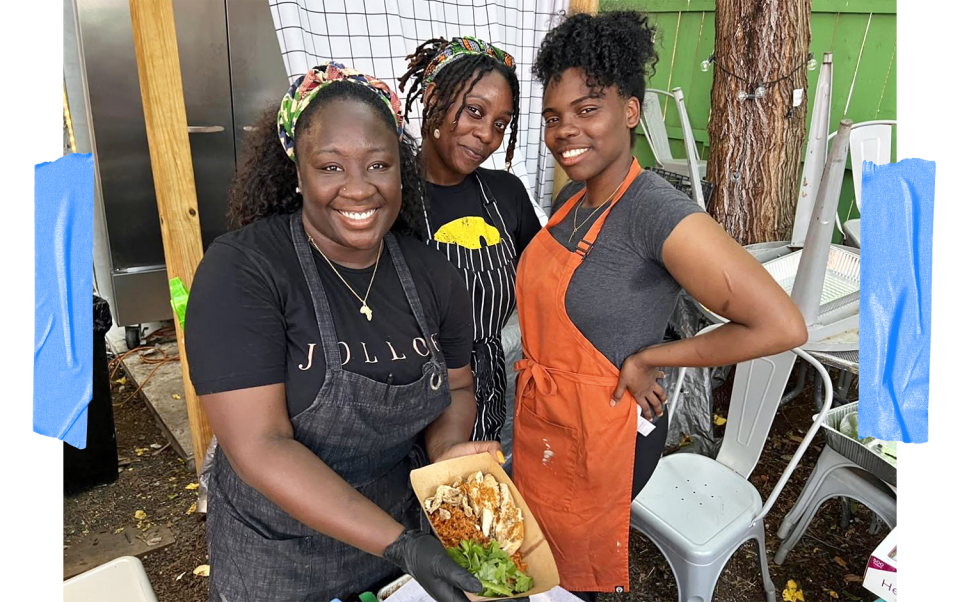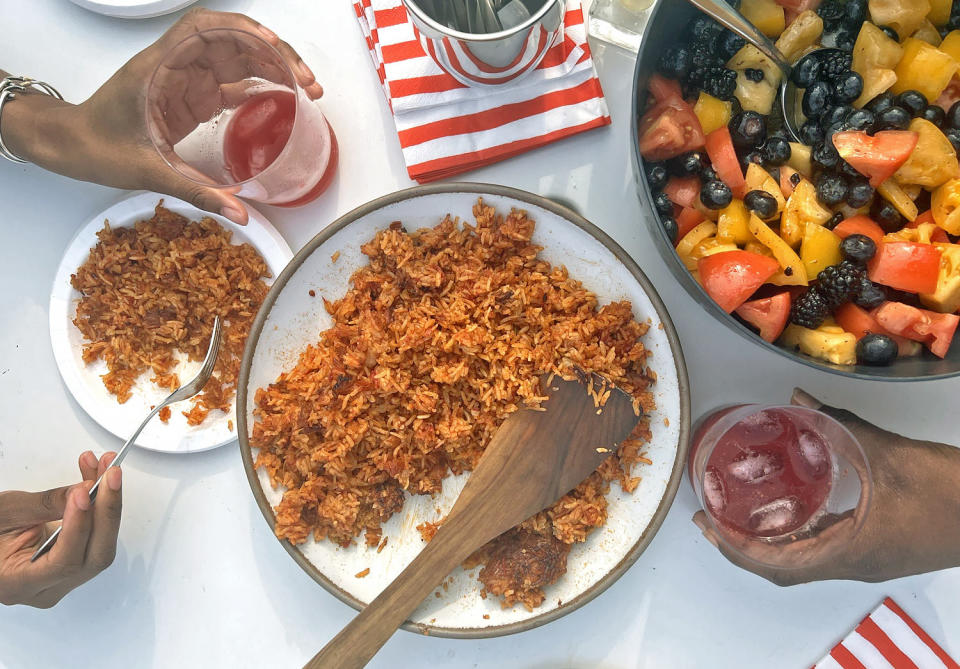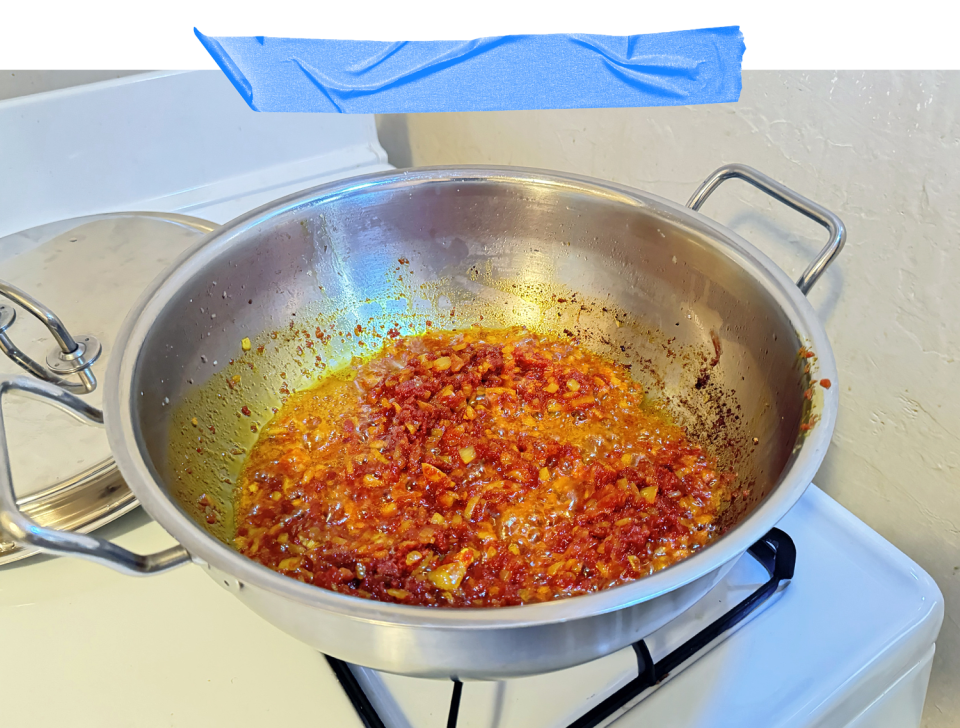Jollof rice: What sets apart Winneba, Ghana’s version
Jollof rice, which is believed to have originated from the Senegambia during the Wolof Empire (c. 1200 — 1600), is a dish that has become a staple across West Africa. It is typically made in a single pot with long-grain rice, tomatoes, peppers, onions, spices and herbs, and sometimes seafood or meat, though its ingredients and preparation vary by region.
The evolution of jollof rice reflects the region’s complex history, where trade, migration and cultural exchange played significant roles. Ghana’s take on the dish highlights the country’s ability to blend external influences with local traditions, creating a version of jollof rice that is distinctly Ghanaian.
It is not merely food — it is a narrative of survival, adaptation and unity.
As the dish traveled, it gathered flavors and techniques, transforming with each community’s touch. Ghana’s version, particularly notable for its texture and taste, became a source of national pride. The variations between recipes from different West African countries have sparked lighthearted debates, but they underscore a shared culinary heritage.

Ghanaian society holds jollof rice in high regard, attributing to it roles that transcend the culinary. It is a fixture in celebrations and a symbol of hospitality, embodying the Ghanaian ethos of sharing and community. The preparation of jollof rice is a communal activity, bringing together families and neighbors, strengthening social bonds. This tradition of shared meals reflects a broader cultural value of unity and collective well-being, foundational to Ghanaian identity.
Jollof also serves as a culinary ambassador that introduces Ghanaian culture to the world. As the dish gains popularity internationally, it carries with it stories of Ghana’s heritage, cuisine and community life.
In Winneba, Ghana, the dish is not just a meal but a celebration of local identity and communal resilience. The ritual of making jollof rice, from sourcing ingredients at the market to the communal feast that follows, showcases the town’s unique contribution to Ghana’s culinary landscape.
The sea is deeply woven into the fabric of our culinary practices. While jollof rice remains the centerpiece of our meals, it is traditionally accompanied by fresh, locally caught seafood, chicken and/or beef, served on the side to honor the pristine flavors of both the land and the sea. The seafood, prepared with simplicity to highlight its freshness, complements the rich and spicy flavors of the jollof, creating a harmonious balance that is quintessentially Winneban.
Matriarchs: The heartbeat of Winneba’s jollof
“Jollof rice is more than food; it’s a story of our people, our struggles, and our joys,” my mother shares, her voice rich with pride and nostalgia. She speaks of the dish as a living history, a canvas for the expression of Ghanaian culture and resilience.

Sitting down with my grandmother, the dialogue takes a unique turn, transcending language barriers. Though she speaks no English, her hands, moving with the grace and precision of a seasoned artist, narrate tales of tradition and love. My mother translates: “She says, ‘Every ingredient has its purpose, every step its significance. It’s about preserving our heritage, one pot of jollof at a time.’”
Their conversation unfolds like a melody, blending memories with recipes.
“Cooking jollof,” my grandmother gestures, “is like weaving a tapestry, each thread a flavor, each knot a memory.”
Sea and land: The Winneba recipe
The distinctiveness of Winneba’s jollof rice lies in its ingredients and the art of its preparation. Opting for local rice varieties over parboiled rice, the Winneba version achieves a unique texture and flavor profile that sets it apart. The sauce, rich with tomatoes, onions and chili peppers, is simmered to perfection, its spices carefully balanced to complement the freshness of the local produce.

Cooking jollof rice in Winneba is a time-honored process, one that requires patience and skill. The technique of allowing the rice to steam within the sauce, absorbing every nuance of flavor, is crucial to achieving the dish’s signature taste. This method, passed down through generations, reflects the community’s respect for tradition and their culinary heritage.
Pairing the dish with fresh, locally caught seafood adds another layer of flavor and complexity to Winneba’s jollof.
“The sea is part of who we are,” my mother remarks. “Incorporating it into our jollof is a tribute to our ancestors, who navigated these waters long before us.”
The use of local rice over parboiled varieties makes for a dish deeply rooted in the soil of Ghana.
“The texture, the aroma — it’s incomparable,” my mother explains. “It’s about honoring the land that feeds us.”
The sauce, a vibrant melody of tomatoes, onions, and chili peppers, simmers slowly.
“This part,” my mother says, “is where patience plays its role. It’s about letting the flavors meld, transform, becoming something entirely new yet familiar.”
Ghanaian Jollof Rice with Corned Beef by Adjoa Kittoe
This article was originally published on TODAY.com

